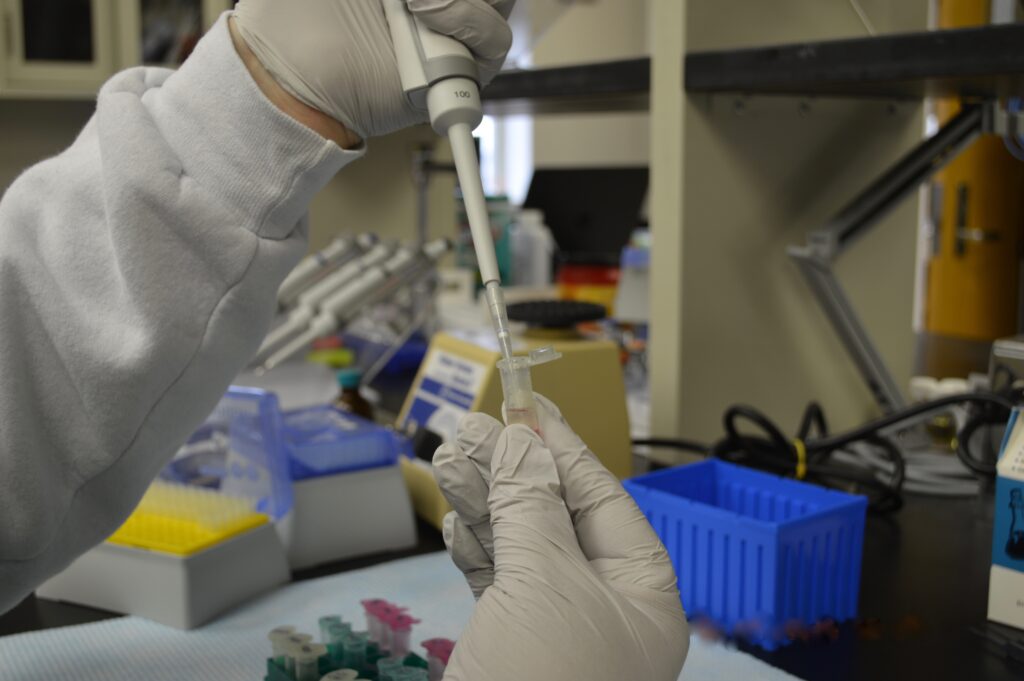Fewer American Indians and Alaska Natives are pursuing STEM degrees, according a new federal report, but more are employed in STEM-related fields.
By Melanie Lenart

The number of American Indians and Alaskan Natives receiving degrees in higher education slipped between 2011 and 2020, according to a report released last week by the National Science Foundation and the National Center for Science and Engineering Statistics.
American Indians and Alaskan Natives comprise about 0.9 percent of the 18- to 34-year-old US population, and a similar proportion of associate degree recipients. However, they make up only 0.4 percent of those receiving bachelor’s, master’s and doctorate degrees—less than half of what might be expected based on population share.
- At 930, the number of associate degrees awarded to American Indian or Alaska Natives in 2020 was lower than the 1,051 awarded in 2011.
- The number of bachelor’s degrees awarded to the American Indian or Alaska Native population dropped by 22 percent from 2011 to 2020. While AIAN represented 0.7 percent of overall bachelor degrees recipients in agricultural and biological sciences in 2011, they represented only 0.4 percent of degrees in 2020. Similar declines held for the other fields: mathematics and computer sciences; physical and earth sciences; social and behavioral sciences; and engineering.
- Declines also occurred at the master’s and doctoral levels. American Indian or Alaska Natives received only 0.4 percent of science and engineering bachelor’ master’s, and doctoral degrees in 2020. In 2021, this population accounted for 0.4 percent of graduate students across all science and engineering fields.
Even as the number of degree recipients slipped, potentially related to the Covid pandemic, the number of American Indian and Alaskan Native workers in STEM fields roughly doubled between 2011 and 2021, from about 0.1 million to 0.2 million. The 216,000 Native workers in STEM fields in 2021 represented an increase from 0.4 percent overall in 2011 to 0.6 percent overall in 2021.
Overall, about 35 million people worked in STEM occupations in 2021, up from 29 million in 2011. This represents nearly a quarter (24%) of the 146 million people ages 18 to 74 in the U.S. workforce. In 2021, a comparable percentage (22%) of employed American Indian or Alaskan Natives worked in STEM or STEM-related occupations.
This move into STEM fields makes a difference in income. The American Indian and Native Alaskan population STEM workers earned a median annual income of about $49,520, compared to $35,860 for their non-STEM counterparts. There was not enough data to break down the income differences between these two groups:
- STEM fields requiring a bachelor’s degree or more, such as engineers, software developers, physicians, registered nurses, industrial production managers, and farmers, ranchers, and other agricultural managers.
- STEM-related occupations that do not necessarily require a bachelor’s degree. These include health care workers, licensed nurses, pharmacy technicians, carpenters, electricians, computer support specialists, industrial engineers, and science and engineering managers, pre-college teachers and technicians.
The mandated report on Diversity in STEM takes a snapshot of degrees and employment for the year, either 2020 or 2021 depending on data used, and compares it to comparable data from the previous decade, in this case 2011. Click here for more details on the surveys and census data used to compile this report.
Melanie Lenart is a regular contributor to Native Science Report
Story published February 28, 2023
• • •
Enjoyed this story? Enter your email to receive notifications.
